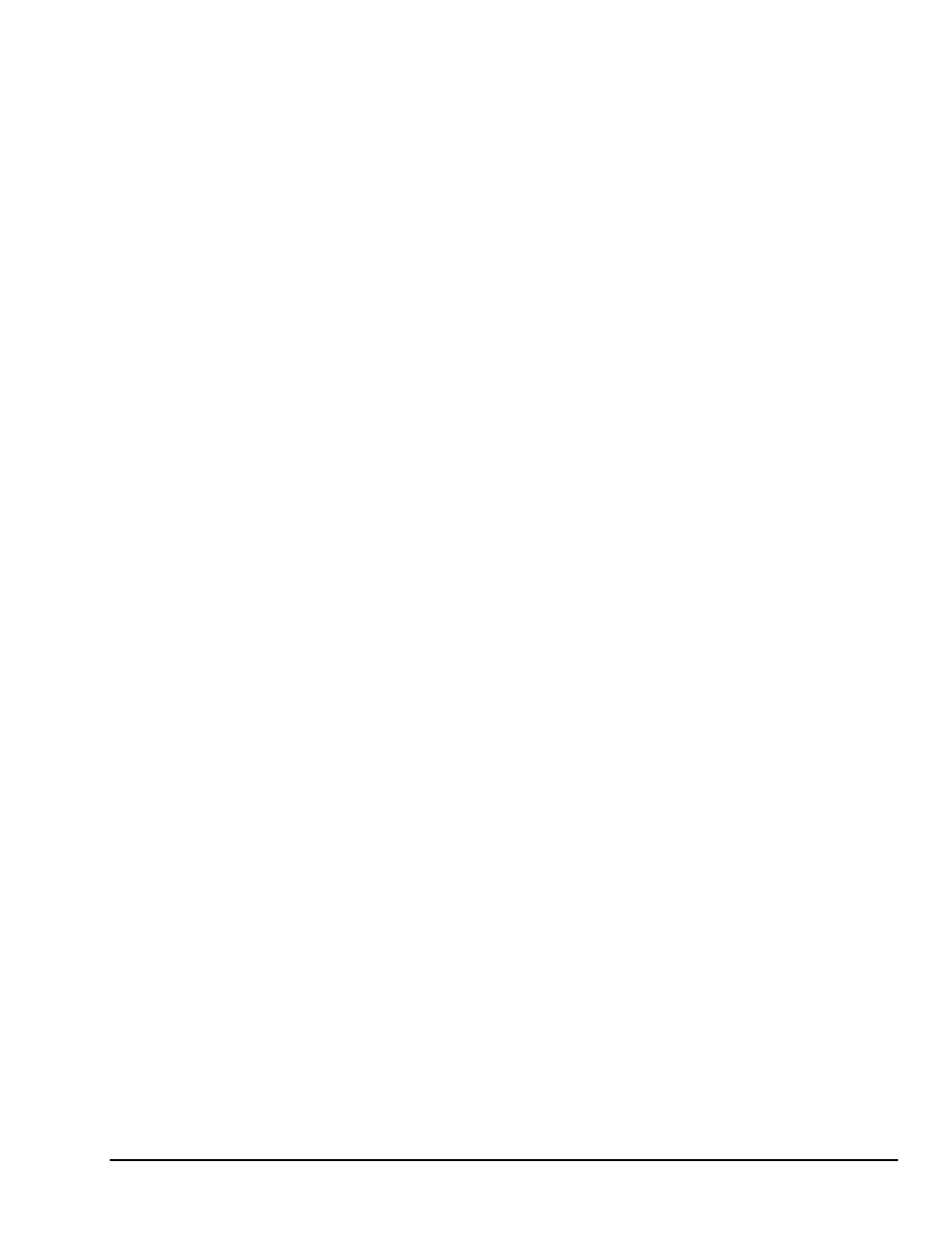Counter timer functions – Measurement Computing TempBook rev.3.0 User Manual
Page 45

TempBook User’s Manual
Standard API Programming of the TempBook with C 6-13
strcat(response,tempstr);
for (chan=0 ; chan<8 ; chan++) {
sprintf(tempstr," %4d", data[chan]>4);
strcat(response,tempstr);
}
sprintf(tempstr,"\nHigh speed digital inputs DI0 - DI7:\n");
strcat(response,tempstr);
sprintf(tempstr," 0x%x", (char)data[8]);
strcat(response,tempstr);
SendDlgItemMessage(myDlg, 101, WM_SETTEXT, 0, (LONG)(LPSTR)response);
EmptyMessageQueue(myDlg);
}
Counter Timer Functions
/************************************
File: Ctrex1.c
Description: This example demonstrates the use of the TempBook's
counter timer functions.
Functions Used:
tbkConfCntr0(unsigned char config)
tbkWtCntr0(unsigned cntr0)
*************************************/
sprintf(response,"\r\nctrex1.c\r\n\r\n");
/* Configure CTR0 to use the internal 100kHz clock */
tbkSetTrig(TtsSoftware, 0, 1, 0);
/* Configure CTR0 to mode 1, Hardware Retriggerable One-Shot and write
a count value of 1000 to counter 0. After this a rising edge on the
counter 0 input (GAT0) will cause the output to go high
for 10 msec. */
tbkConfCntr0(Tc0cOneShot);
tbkWtCntr0(1000);
/* Configure CTR0 to mode 3, Square Wave Generator and write a count
value of 20 to counter 0. After this a square wave of 5kHz
frequency should be present on the counter 0 output (OUT0) */
tbkConfCntr0(Tc0cSquareWave);
tbkWtCntr0(20);
/* Configure CTR0 to use an external clock */
tbkSetTrig(TtsSoftware, 0, 0, 0);
/* Configure CTR0 to mode 0, High on Terminal Count and write a count
value of 100 to counter 0. After this the counter 0 output (OUT0)
will go high after 100 pulses are received on the counter 0 clock
input (CLK0) */
tbkConfCntr0(Tc0cHighTermCnt);
tbkWtCntr0(100);
SendDlgItemMessage(myDlg, 101, WM_SETTEXT, 0, (LONG)(LPSTR)response);
EmptyMessageQueue(myDlg);
}
